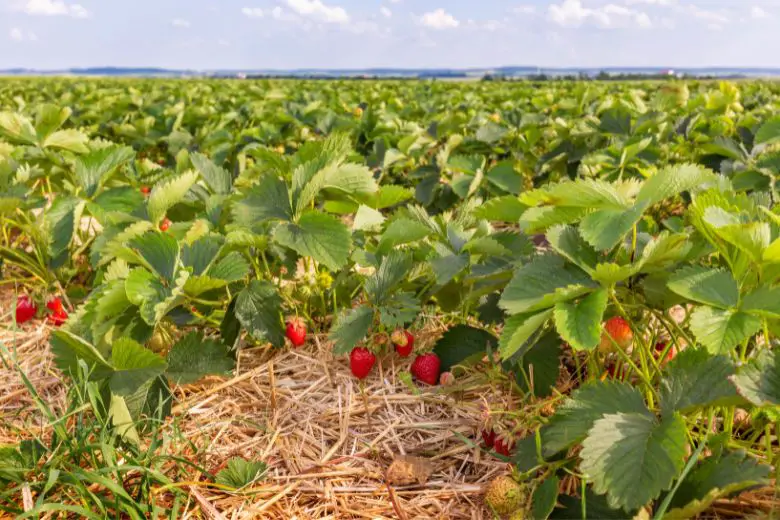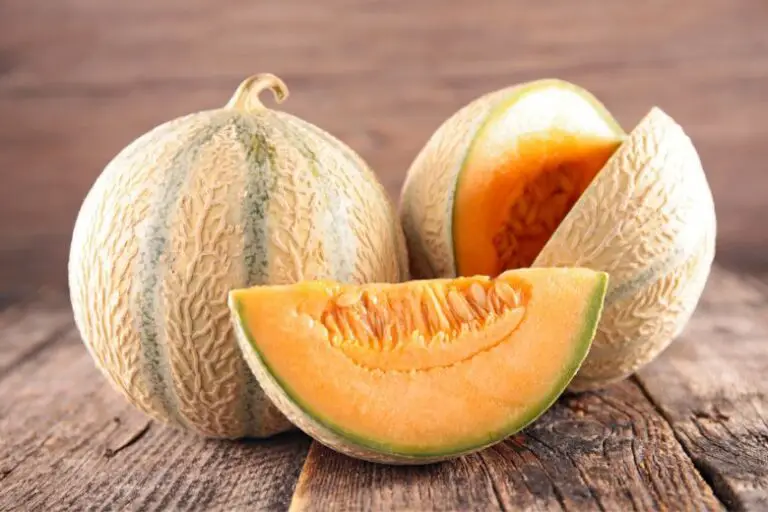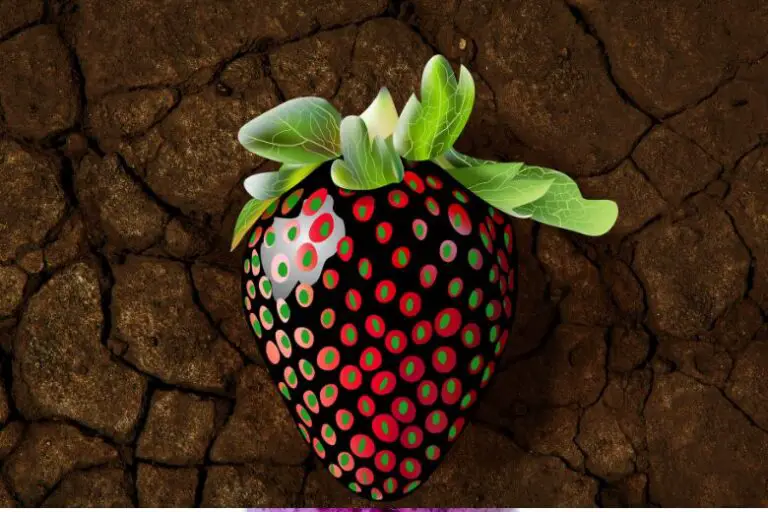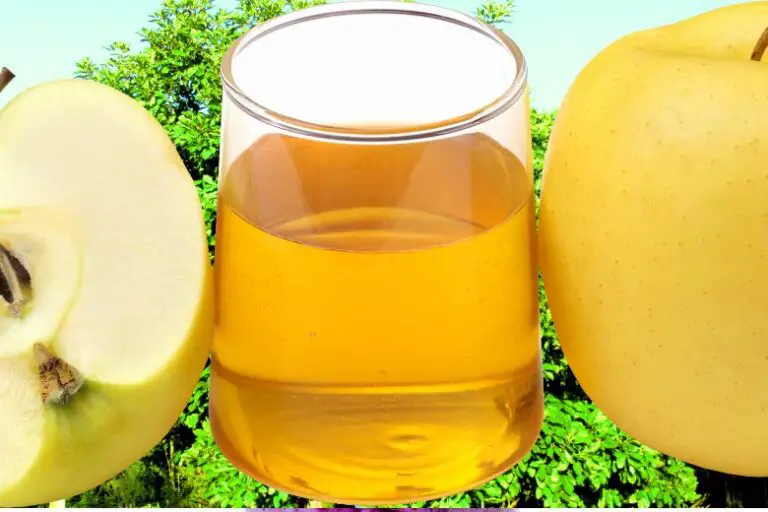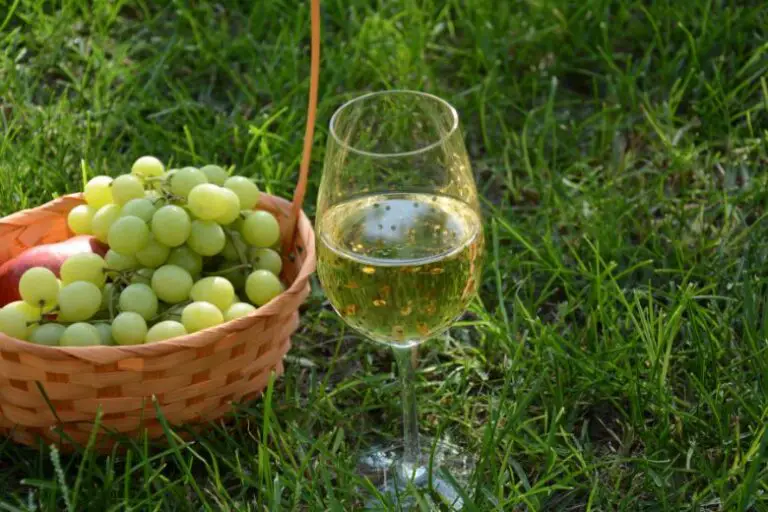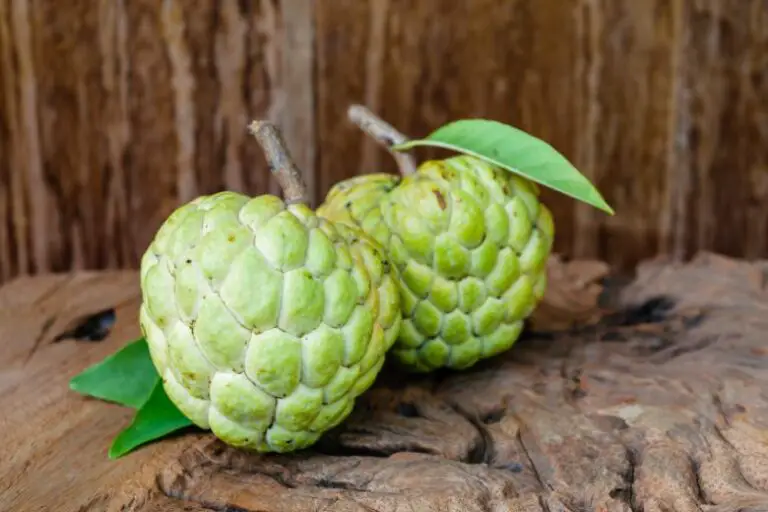Why Are My Strawberries Dying
Few things are as rewarding as growing your strawberries and savoring their juicy sweetness right from your garden. However, when your strawberry plants show signs of distress, it can be disheartening. Understanding the reasons behind their decline is crucial for any gardener.
Ensuring the Right Environment
Choosing the Optimal Location
Selecting the right spot for your strawberry patch sets the foundation for healthy growth. Opt for an area with well-draining soil and good air circulation.
Providing Adequate Sunlight
Strawberries thrive in sunlight. Ensure your plants receive at least 6-8 hours of direct sunlight daily for optimal photosynthesis and fruit production.
Soil Composition and Drainage
Well-draining soil is essential to prevent root rot. Mix in organic matter and perlite to improve drainage and provide essential nutrients.
Nurturing Techniques for Healthy Strawberries
Proper Watering Practices
Strawberries need consistent moisture, especially during flowering and fruiting. Water at the base to prevent fungal issues and aim for 1-1.5 inches of water per week.
Appropriate Fertilization
Feed your strawberry plants with a balanced fertilizer, rich in potassium and phosphorus. Avoid over-fertilization, which can lead to excessive foliage growth.
Mulching Benefits
Mulching helps retain soil moisture, suppress weeds, and prevent direct contact between berries and soil, reducing the risk of rot.
Pest and Disease Management
Identifying Common Pests
Keep an eye out for aphids, slugs, and spider mites. Regularly inspect your plants to catch infestations early.
Fungal Infections and Prevention
Fungal diseases like gray mold and powdery mildew can harm your strawberries. Prune for adequate airflow and use fungicides if necessary.
Viral Threats and Solutions
Viruses can weaken strawberry plants. Using virus-free planting material and controlling aphid populations can mitigate this risk.
Pruning and Maintenance
Removing Runners and Dead Leaves
Runners divert energy from fruit production. Trim them to encourage larger, healthier berries. Remove dead leaves promptly to prevent disease spread.
Crown Care for Longevity
Protect the central crown of the plant from being buried under soil or mulch. A buried crown is susceptible to rot and other issues.
Adverse Weather Conditions
Protecting Strawberries from Frost
Cover plants with straw or blankets during frosty nights to shield them from freezing temperatures.
Beating the Heat: Summer Precautions
Provide shade during extreme heat, mulch to retain moisture, and water deeply to help your strawberries survive hot summer days.
Tips for Container Gardening
Choosing the Right Container
Select a spacious container with drainage holes. Ensure it’s suitable for strawberries and has room for proper root development.
Essential Care for Potted Strawberries
Container-grown strawberries need extra attention. Monitor moisture levels, fertilize appropriately, and repot when necessary.
Harvesting at the Right Time
Signs of Ripeness
Ripe strawberries boast vibrant color, plumpness, and a sweet aroma. Gently tug the berry; if it comes off easily, it’s ready to harvest.
Gentle Harvesting Techniques
To prevent damage, hold the stem and pluck the berry with a gentle twist. Handle strawberries carefully to avoid bruising.
Conclusion
Growing strawberries can be a rewarding endeavor, but it requires careful attention to various factors. By creating an optimal environment, practicing nurturing techniques, and addressing potential issues promptly, you can enjoy a bountiful harvest of these delectable berries. Remember, each strawberry plant is a testament to your dedication and love for gardening

